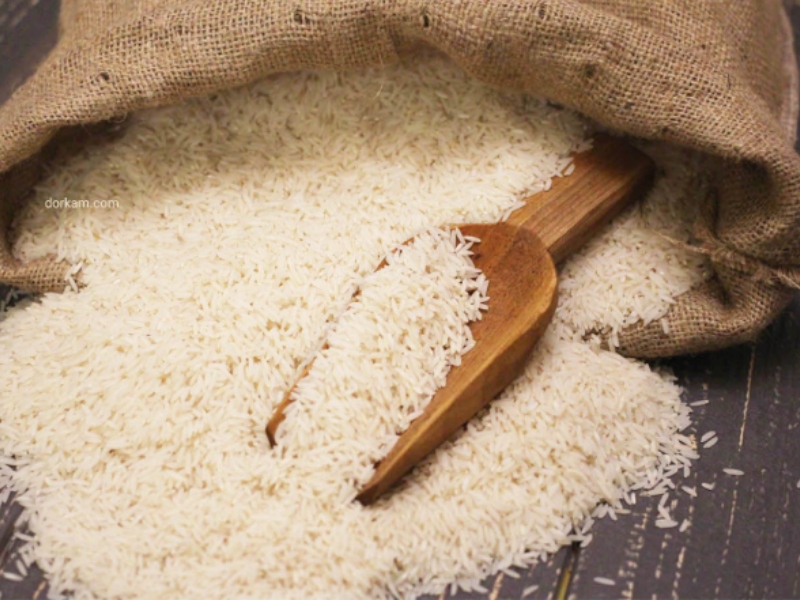Rice: A Nutritious Food with Remarkable Health Benefits and Economic Importance
Rice is one of the most essential and widely consumed grains worldwide, playing a crucial role in human nutrition. Beyond meeting the global population’s dietary needs, rice is also recognized as a valuable export commodity. This article examines the different types of rice, their characteristics, and the role of rice exports in the global economy.
Types of Rice and Their Characteristics
Rice is categorized into various types, each with distinct features and qualities. The most important types of rice include white rice, brown rice, Basmati rice, and Japanese rice.
– White Rice: This type of rice is polished and stripped of its husk after harvesting. White rice has a mild flavor and cooks quickly, making it a staple in everyday cooking and various dishes.
– Brown Rice: Only the outer husk is removed, leaving the bran layer intact. Brown rice is rich in fiber and nutrients, making it a healthier option compared to white rice.
– Basmati Rice: Mainly grown in India and Pakistan, Basmati rice is characterized by its long grains and unique aroma. It is favored in gourmet and international cuisine due to its distinctive taste and fragrance.
– Japanese Rice: This type of rice, used extensively in Japanese cuisine for dishes like sushi and various East Asian recipes, has short, sticky grains.
Nutritional Benefits of Rice
Rice is a rich source of carbohydrates, providing essential energy for the body. It also contains vitamins B and E and minerals such as manganese and selenium. Brown rice, with its retained bran layer, offers more fiber, which aids in digestive health and reduces the risk of heart disease.
The Role of Rice Exports in the Global Economy
Rice holds significant importance as a strategic product in global markets. Countries like India, Thailand, Vietnam, and Pakistan, which are major rice producers, generate substantial foreign exchange revenue through rice exports. Beyond meeting global dietary needs, rice exports contribute to the enhancement of agricultural economies and job creation in producing countries.
Challenges and Opportunities in Rice Exports
Rice exports face several challenges and opportunities. Key challenges include climate change, global price fluctuations, and issues related to quality and health standards. However, the rising global demand for rice and advancements in rice cultivation and processing technologies offer ample opportunities for the growth and expansion of rice exports. Rice is not only a staple food but also a valuable export commodity with a significant role in the global economy. Sustainable cultivation and export of rice can strengthen agricultural economies, improve food security, and enhance public health. Given the importance of rice in global nutrition and its role in international trade, investing in rice production and export can be both profitable and impactful

